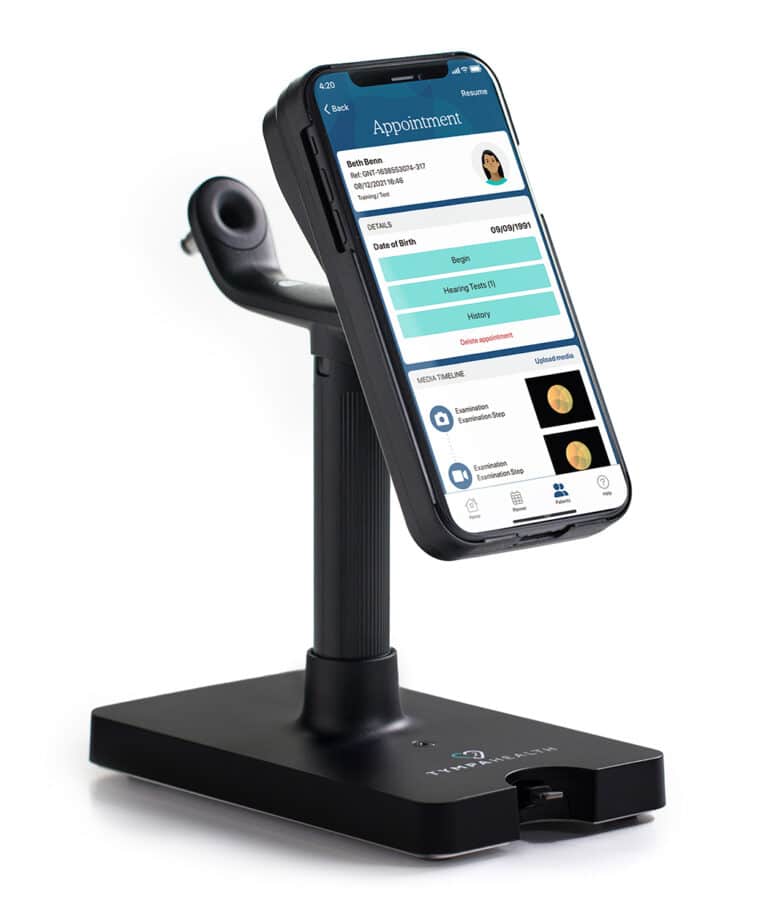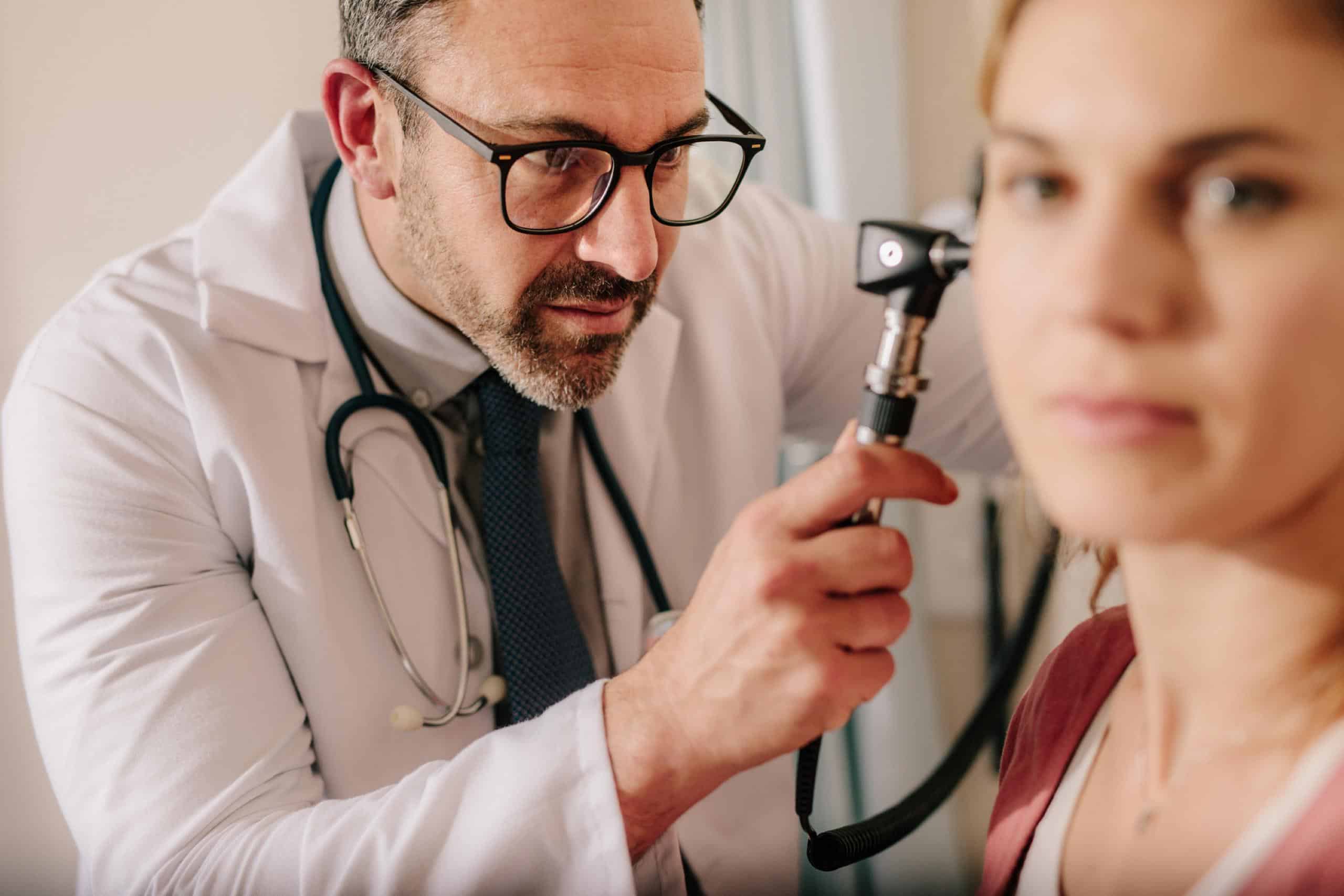Oxford hearing specialists since 1995
Hearing Aids and Mobile Apps
Advancements in technology have significantly transformed the landscape of hearing healthcare, particularly with the integration of smartphone apps and hearing aids. This intersection of technology has revolutionized how individuals manage their hearing loss, providing greater customisation, convenience, and connectivity than ever before.
One of the most notable advancements in recent years is the development of smartphone apps that complement and enhance the functionality of hearing aids. These apps serve as a control centre for users, allowing them to adjust settings, personalise their listening experience, and monitor their hearing health directly from their smartphones. With just a few taps on their device, users can adjust volume levels, change programs, modify sound settings to suit different environments, and even locate lost hearing aids using built-in tracking features.
Moreover, smartphone apps offer a range of additional features designed to improve the overall user experience and quality of life for individuals with hearing loss. For example, some apps include remote microphone streaming capabilities, enabling users to stream phone calls, music, and other audio content directly to their hearing aids for enhanced clarity and convenience. This feature is particularly beneficial in noisy environments or situations where hearing aids alone may struggle to isolate speech from background noise.
Furthermore, many apps incorporate built-in tools for monitoring hearing aid usage and tracking hearing health metrics over time. Users can view data such as daily wearing time, listening environments, and even receive personalised insights and recommendations for optimising their hearing experience. These data-driven insights empower users to take an active role in managing their hearing health and make informed decisions about their care.
In addition to control and connectivity features, smartphone apps offer a wealth of resources and support for individuals with hearing loss. Educational materials, troubleshooting guides, and instructional videos are readily accessible within the app, providing users with valuable information and guidance on using and maintaining their hearing aids. Some apps also include interactive tutorials and exercises designed to help users adapt to wearing hearing aids and improve their listening skills.
The integration of smartphone apps with hearing aids has also opened up new possibilities for telehealth and remote care services in the field of audiology. Through secure telehealth platforms, audiologists can remotely adjust hearing aid settings, conduct virtual consultations, and provide ongoing support and counselling to patients from the comfort of their own homes. This virtual approach to hearing healthcare has proven especially valuable during the COVID-19 pandemic, allowing individuals to receive timely care and support without needing to visit a physical clinic.
Looking ahead, the future of apps and hearing aids holds even greater promise, with ongoing innovations in artificial intelligence (AI), machine learning, and augmented reality (AR) poised to further enhance the capabilities and performance of hearing devices. AI-powered algorithms can analyse real-time audio data to automatically adjust hearing aid settings in response to changes in the listening environment, ensuring optimal sound quality and comfort for users in any situation. Similarly, AR technology may soon enable users to visualise sound sources and environmental cues in their surroundings, providing enhanced situational awareness and navigation assistance for individuals with hearing loss.
In conclusion, the integration of smartphone apps and hearing aids represents a significant advancement in the field of hearing healthcare, offering unprecedented levels of customisation, connectivity, and convenience for users. With continued innovation and development, these technologies have the potential to further improve the lives of individuals with hearing loss and empower them to fully engage in the world around them.
Stephanie Tylor
Jan 25 2024








